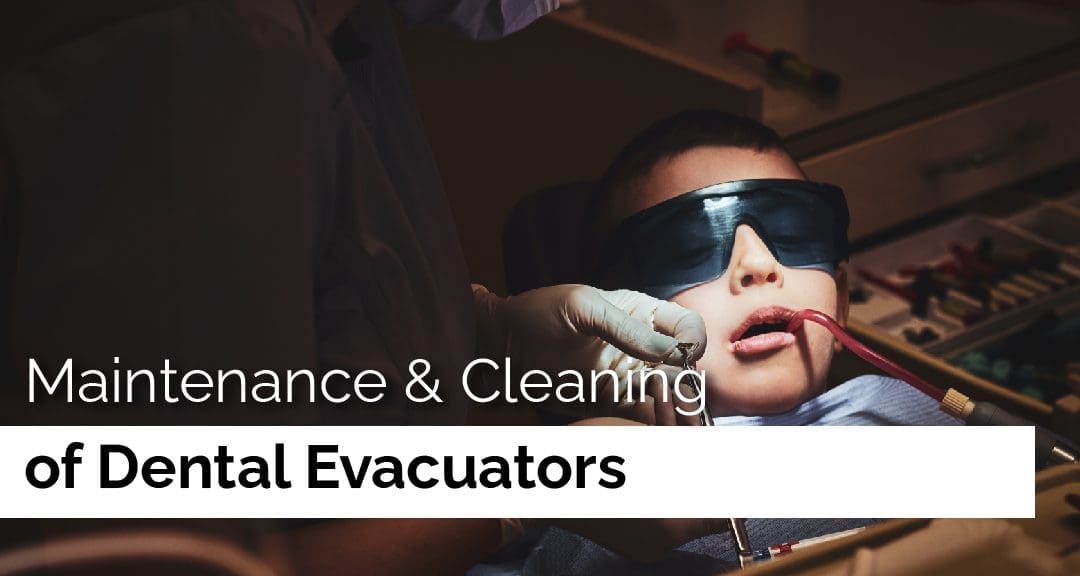by dentalassets | Jan 12, 2025 | Dental Practice, Learning Center

Dental evacuators, or dental suction units, are crucial equipment in a dental office. They help to remove debris, saliva, and water from the patient’s mouth during various dental procedures, making the patient comfortable and allowing the dentist to work efficiently. However, regular maintenance and cleaning are necessary to ensure dental evacuators‘ smooth operation and longevity. Neglecting these tasks can lead to equipment failure, decreased suction power, and contamination of the dental environment.
Regular maintenance and cleaning of dental evacuators are essential to maintain their efficiency and prolong their lifespan. Avoiding these tasks can lead to clogging of the suction lines, decreased suction power, and contamination of the dental environment. Bacteria, viruses, and other microorganisms can build up in the suction lines, potentially harming the patient and dental staff. Following the manufacturer’s recommendations for maintaining and cleaning dental evacuators is crucial to avoid such situations.
A clogged or obstructed suction line can cause this. Clean and disinfect the suction line, suction tip, saliva ejector, and other attachments to remove clogs or obstructions.
This can be caused by a loose or worn-out vacuum pump. Tighten any loose connections or replace the vacuum pump if necessary.
A damaged or worn-out suction line or suction tip can cause this. Replace any damaged or worn-out components.
Bacteria, viruses, or other microorganisms in the suction line or attachments can cause this.
The frequency at which you should replace your dental evacuators depends on several factors, including the manufacturer’s recommendations, the frequency of use, and the condition of the equipment. Dental evacuators should be replaced every two to three years or sooner if they show wear and tear. Replacing your suction tubing regularly is important, as it can become brittle and cracked over time, leading to reduced suction power and potential contamination.
Dental Assets understands the need to have quality materials and tools available within your practice to provide excellent patient care – we have dental supplies of all kinds to find exactly what you need easily and affordably. So take advantage today of our unbeatable offers on reliable yet affordable supplies!